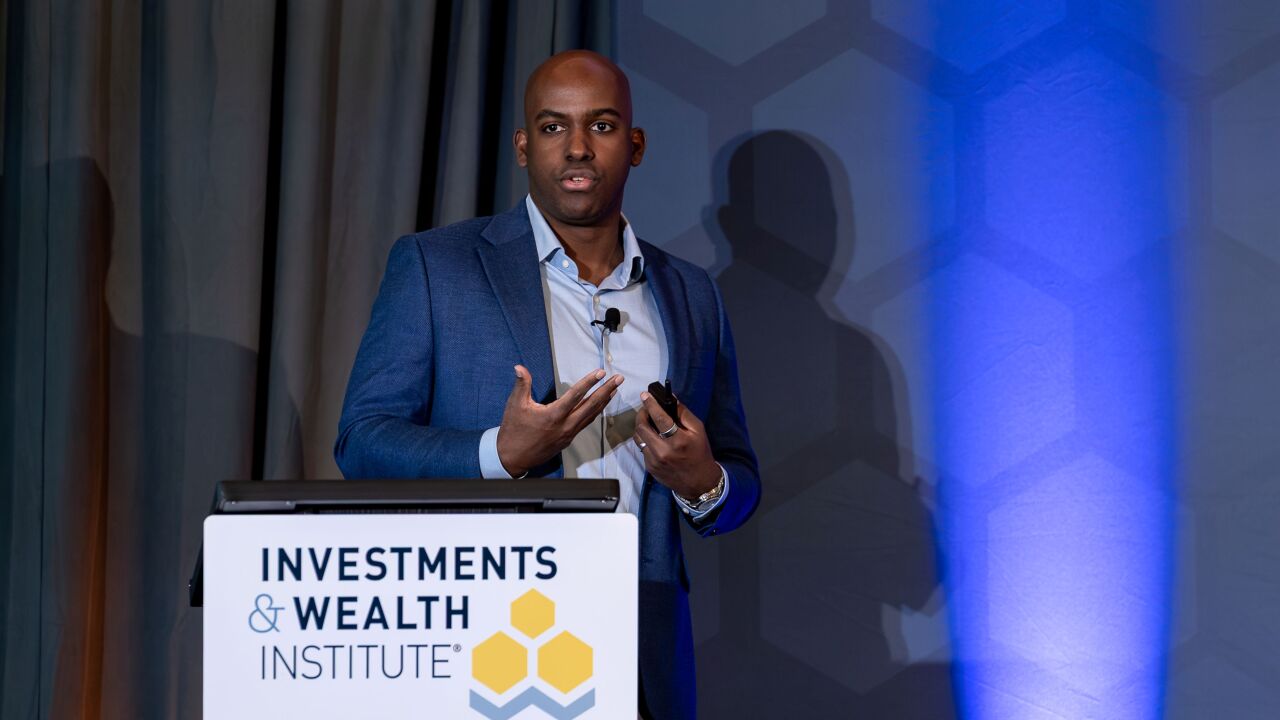
PALM DESERT, Calif. – When Eileen Rominger was the head of the Division of Investment Management at the Securities and Exchange Commission, she instituted a process of bringing the heads of multiple divisions together to exchange ideas.
These included not just her investment management unit, but the Office of Compliance Inspections and Examinations, the Division of Enforcement and the Division of Risk, Strategy and Financial Innovation.
The idea of the “cross-functional dialogue’’ was to identify risks and trends that warranted further attention.
Similarly, OCIE has referral committees in every region of the country, for looking at specific exams and specific issues that warrant further attention by enforcers. And escalation procedures are in place, if the two units don’t agree on what needs further investigation.
But in practice, the handoff of such matters from examiners to enforcers has become nearly seamless, according to the head of both OCIE and the enforcement division, at the Investment Company Institute’s annual Mutual Funds and Investment Management Conference.
"We have these processes in place,’’ said George S. Canellos , acting director of the Division of Enforcement. “But you shouldn't get the impression from the fact that we have committees or referral committees or elevation procedures that the process in practice is one in which you have kind of two groups that very distinct, one called exam and one called enforcement.”
In practice, issues bubble up and get discussed constantly and acted on as needed. “The referral is just a formalization that we’re initiating an enforcement action,’’ Canellos said.
He cited a 2010 case where examiners brought to the attention of the Division of Enforcement that they had not been able to get access to records at a particular investment advisory firm in New Jersey that were of interest.
That company promoted a range of conventional investments. But of interest to the examiners was a special investment program run by the head of the firm. Its purpose purportedly was to lend money to doctors to fund pension plans.
But the only person who knew of the special program was the company’s chief executive. And, at 3 p.m. that Friday, the head of the firm was gone, the door to her office was locked, and that was supposedly that.
The enforcement division stepped in, immediately and then some.
"Overnight, it didn't just pass through enforcement, it passed all the way through from enforcement to the New Jersey U.S. attorney's office,’’ Canellos said, “And we had a search warrant in the morning to allow the examiners to see the records of the special investment program."
The woman involved, Sandra Venetis, then 60, and owner of Branchburg, New Jersey-based investment adviser Systematic Financial Associates, Inc., was sentenced to 168 months in prison for defrauding investors of more than $11.5 million put into the fictitious investment program
Interaction between examiners and enforcers “really is very seamless,’’ when it’s necessary, said Carlo V. di Florio, director of the Office of Compliance and Inspections, who shared the stage with Canellos.





